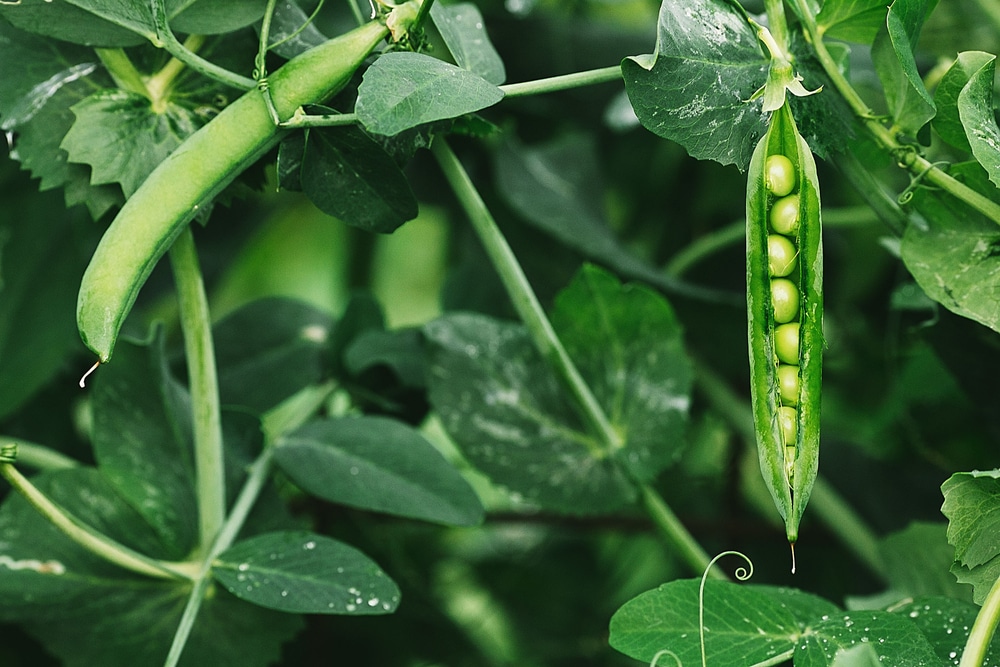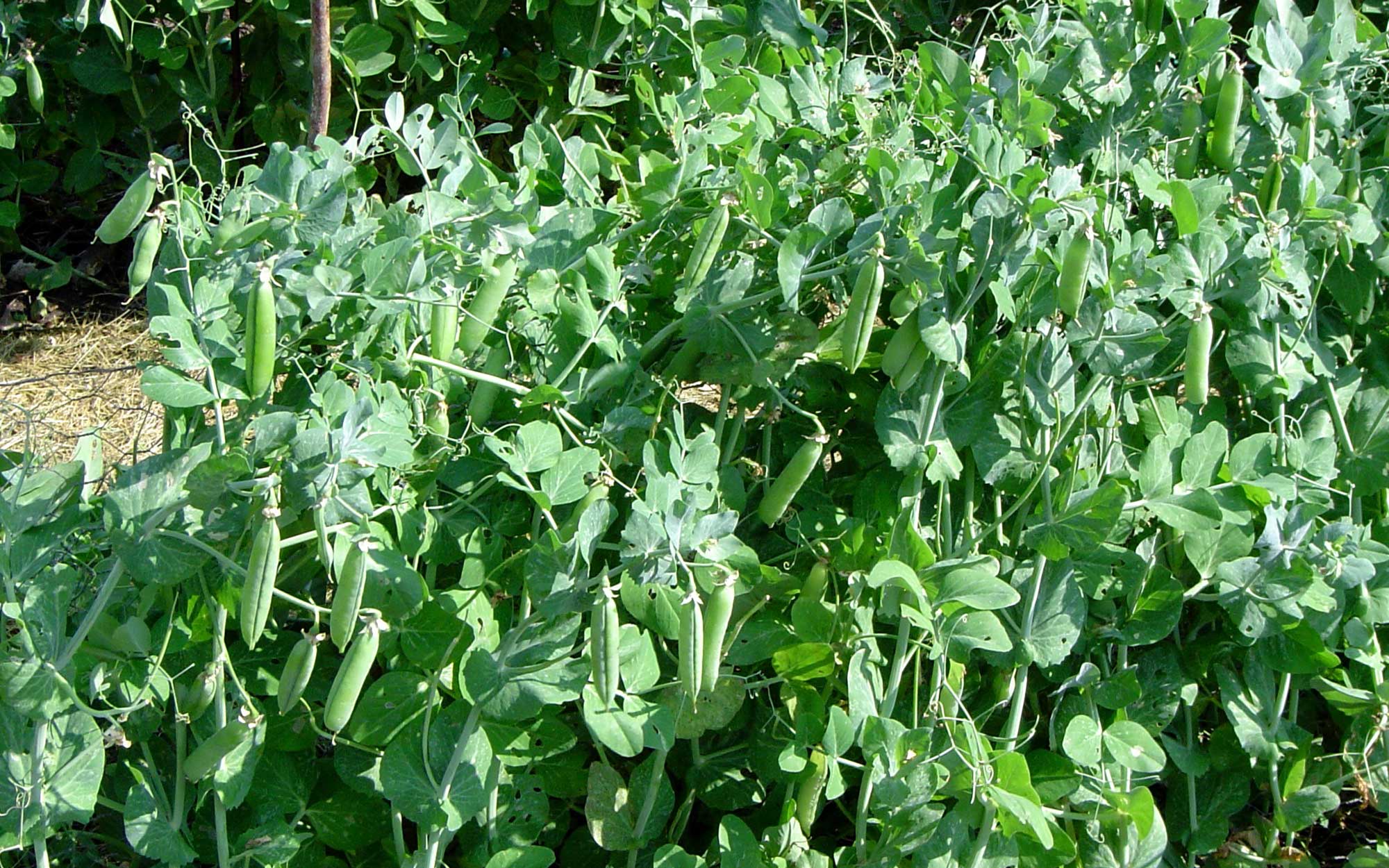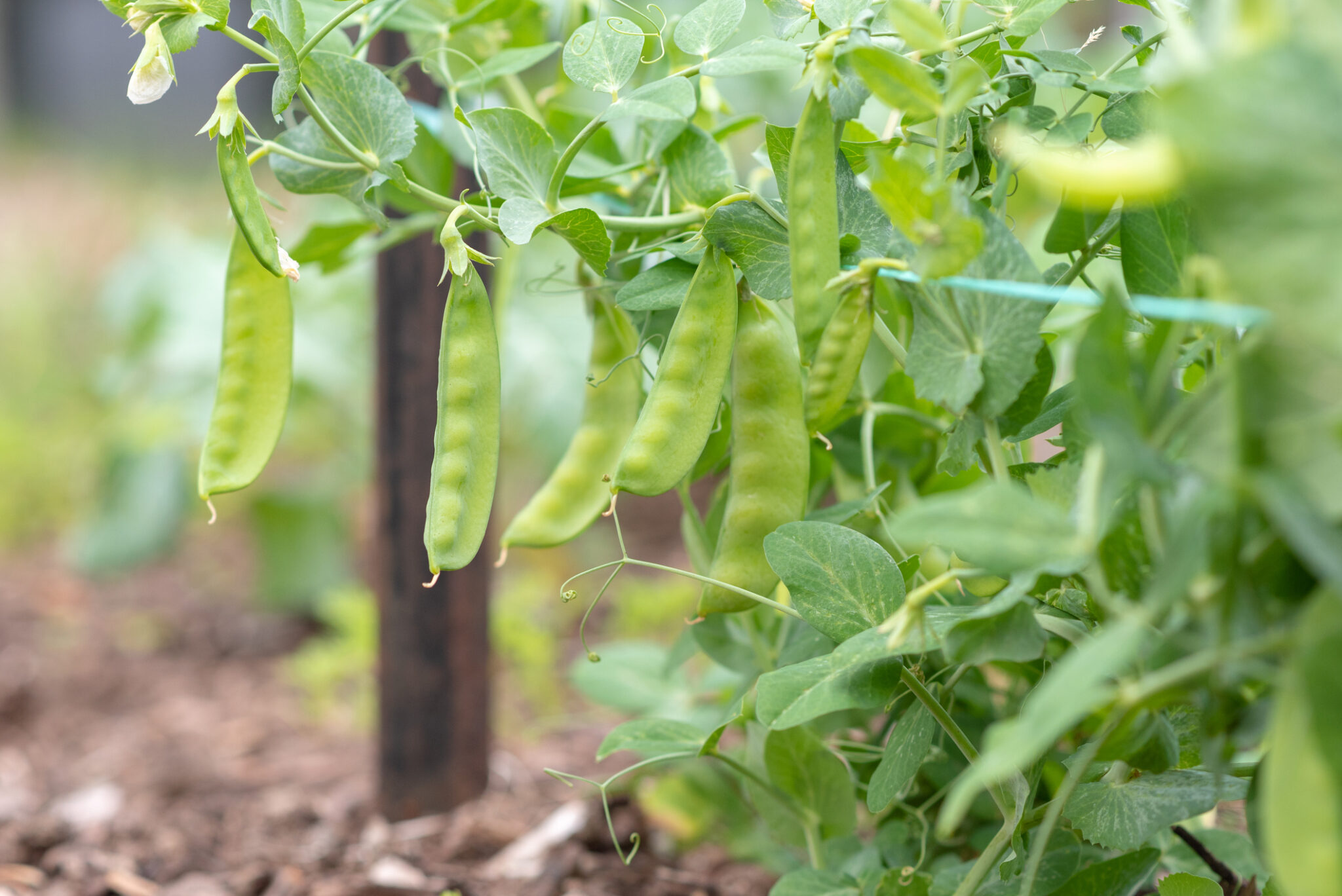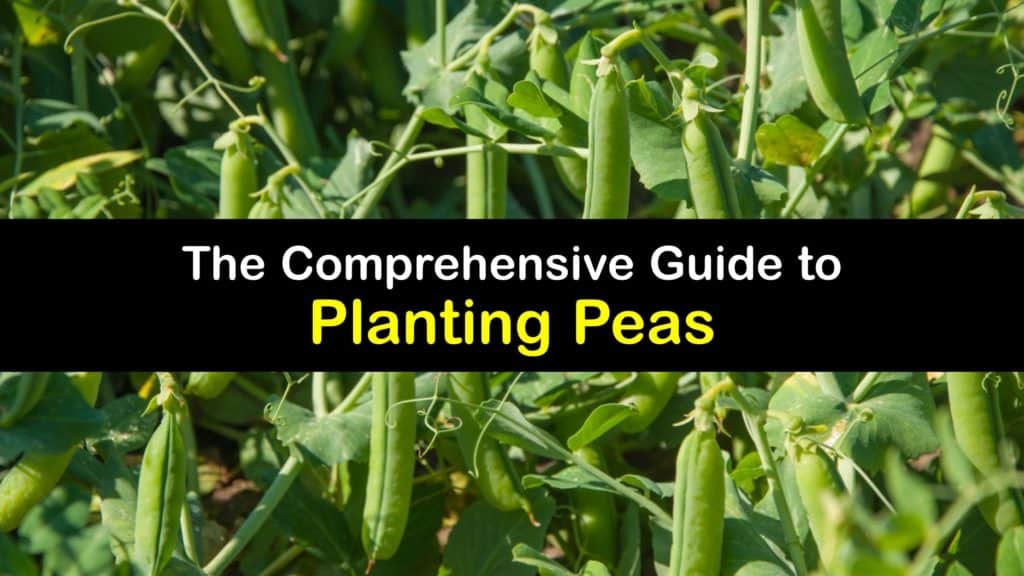Understanding the Importance of Proper Pea Plant Spacing
Proper spacing is crucial when planting peas to ensure optimal growth, health, and productivity. The distance between pea plants can significantly impact air circulation, disease risk, and yields. When pea plants are spaced too closely together, it can lead to reduced air circulation, creating a humid microclimate that fosters disease development. On the other hand, when pea plants are spaced too far apart, it can result in reduced yields and inefficient use of space.
Pea plants require adequate space to grow and develop properly. The ideal spacing for pea plants allows for good air circulation, which helps to prevent disease and promotes healthy growth. Proper spacing also enables pea plants to receive adequate sunlight, water, and nutrients, leading to increased yields and better overall health.
When determining how close to plant peas, it’s essential to consider the specific variety, growth habit, and growing conditions. For example, bush peas require less space than climbing peas, and some varieties may be more prone to disease than others. By understanding the specific needs of your pea plants, you can optimize their spacing to achieve the best possible results.
In addition to the benefits of proper spacing, it’s also important to consider the long-term effects of inadequate spacing. When pea plants are spaced too closely together, it can lead to soil-borne diseases and pests, which can have a lasting impact on soil health and future crop yields. By prioritizing proper spacing, you can create a healthy and sustainable growing environment that supports the long-term success of your pea plants.
By understanding the importance of proper pea plant spacing, you can take the first step towards creating a thriving and productive pea crop. In the next section, we’ll explore the factors that influence ideal spacing for pea plants, including variety, growth habit, soil quality, and climate.
Factors to Consider When Determining Pea Plant Spacing
When determining how close to plant peas, several factors come into play. Understanding these factors is crucial to achieving optimal spacing and maximizing yields. One of the primary factors to consider is the variety of pea plant being grown. Different varieties have unique growth habits, and some may require more space than others. For example, climbing peas require a trellis or other support system, which can affect spacing, while bush peas are more compact and can be spaced closer together.
Growth habit is another critical factor to consider when determining pea plant spacing. Pea plants can be classified into three main growth habits: dwarf, semi-leafless, and leafy. Dwarf varieties are compact and produce smaller vines, while semi-leafless varieties have a more open growth habit and produce longer vines. Leafy varieties have a dense, leafy growth habit and produce the longest vines. Understanding the growth habit of your pea plants will help you determine the optimal spacing.
Soil quality is also a significant factor to consider when determining pea plant spacing. Pea plants prefer well-draining, fertile soil with a pH between 6.0 and 7.0. Soil density, nutrient availability, and moisture levels can all impact spacing. For example, pea plants grown in dense soil may require more space to accommodate their root systems, while those grown in sandy soil may require less space.
Climate is another essential factor to consider when determining pea plant spacing. Pea plants are sensitive to temperature and moisture, and extreme weather conditions can impact growth and yields. In areas with high temperatures and low humidity, pea plants may require more space to accommodate their increased water requirements. In areas with cool temperatures and high humidity, pea plants may require less space.
By considering these factors, you can determine the optimal spacing for your pea plants and achieve maximum yields. In the next section, we’ll provide a step-by-step guide on how to calculate the optimal distance between pea plants based on specific growing conditions and variety.
How to Calculate the Optimal Distance Between Pea Plants
Calculating the optimal distance between pea plants is a crucial step in achieving perfect spacing. To determine the ideal spacing, you’ll need to consider the specific growing conditions and variety of pea plant being grown. Here’s a step-by-step guide to help you calculate the optimal distance:
Step 1: Determine the growth habit of your pea plants. As mentioned earlier, pea plants can be classified into three main growth habits: dwarf, semi-leafless, and leafy. Each growth habit has a unique spacing requirement.
Step 2: Measure the mature size of your pea plants. This will give you an idea of how much space each plant will require. You can find this information on the seed packet or by researching the specific variety online.
Step 3: Calculate the optimal spacing based on the growth habit and mature size of your pea plants. A general rule of thumb is to space pea plants 2-3 inches apart for dwarf varieties, 3-4 inches apart for semi-leafless varieties, and 4-6 inches apart for leafy varieties.
Step 4: Consider the soil quality and climate. As mentioned earlier, soil density, nutrient availability, and moisture levels can impact spacing. In areas with poor soil quality or extreme climate conditions, you may need to adjust the spacing accordingly.
Step 5: Use a spacing chart or calculator to help you determine the optimal distance between pea plants. There are many online resources available that can provide you with a spacing chart or calculator specifically designed for pea plants.
By following these steps, you can calculate the optimal distance between pea plants and achieve perfect spacing. Remember to always consider the specific growing conditions and variety of pea plant being grown to ensure optimal results.
For example, if you’re growing a dwarf variety of pea plant that matures at 2 feet tall, you may want to space them 2-3 inches apart. If you’re growing a leafy variety that matures at 6 feet tall, you may want to space them 4-6 inches apart.
By calculating the optimal distance between pea plants, you can ensure that your plants have enough space to grow and thrive, resulting in maximum yields and minimal waste.
The Role of Soil Quality in Pea Plant Spacing
Soil quality plays a significant role in determining the optimal spacing for pea plants. The density, nutrient availability, and moisture levels of the soil can all impact the growth and development of pea plants, and therefore, their spacing requirements.
Soil density is a critical factor to consider when determining pea plant spacing. Pea plants prefer well-draining, loose soil that allows for good root growth. If the soil is too dense, it can lead to poor root growth and reduced yields. In such cases, it may be necessary to space pea plants farther apart to accommodate their root systems.
Nutrient availability is another important factor to consider. Pea plants require a balanced diet of nutrients to grow and thrive. If the soil is lacking in essential nutrients, it can impact the growth and development of pea plants, and therefore, their spacing requirements. For example, if the soil is low in phosphorus, it may be necessary to space pea plants closer together to promote healthy root growth.
Moisture levels are also crucial when determining pea plant spacing. Pea plants prefer consistent moisture levels, but excessive moisture can lead to disease and reduced yields. In areas with high rainfall or irrigation, it may be necessary to space pea plants farther apart to prevent waterlogged soil and reduce the risk of disease.
In addition to these factors, soil pH also plays a role in determining pea plant spacing. Pea plants prefer a slightly acidic to neutral soil pH, ranging from 6.0 to 7.0. If the soil pH is too high or too low, it can impact the growth and development of pea plants, and therefore, their spacing requirements.
By considering the role of soil quality in pea plant spacing, you can optimize the growth and development of your pea plants, leading to increased yields and improved overall health. In the next section, we’ll discuss common mistakes to avoid when planting peas, including overcrowding, under-spacing, and inadequate soil preparation.
Common Mistakes to Avoid When Planting Peas
When planting peas, it’s essential to avoid common mistakes that can lead to reduced yields, poor growth, and increased disease risk. One of the most common mistakes is overcrowding, which can lead to reduced air circulation, increased disease risk, and reduced yields. To avoid overcrowding, make sure to space pea plants at the recommended distance for the specific variety and growing conditions.
Under-spacing is another common mistake that can lead to reduced yields and poor growth. When pea plants are spaced too far apart, they may not receive adequate support, leading to reduced yields and poor growth. To avoid under-spacing, make sure to space pea plants at the recommended distance for the specific variety and growing conditions.
Inadequate soil preparation is another common mistake that can lead to poor growth and reduced yields. Pea plants require well-draining, fertile soil to grow and thrive. To avoid inadequate soil preparation, make sure to test the soil pH and nutrient levels before planting, and amend the soil as necessary.
Not providing adequate support is another common mistake that can lead to reduced yields and poor growth. Pea plants require support to grow and thrive, especially when they are producing pods. To avoid not providing adequate support, make sure to provide a trellis or other support system for the pea plants to climb on.
Planting peas too early or too late in the season is another common mistake that can lead to reduced yields and poor growth. Pea plants prefer cool weather and well-draining soil to grow and thrive. To avoid planting peas too early or too late, make sure to check the weather forecast and soil conditions before planting.
By avoiding these common mistakes, you can ensure that your pea plants grow and thrive, leading to increased yields and improved overall health. In the next section, we’ll discuss pea plant spacing for different growing methods, including container gardening, raised beds, and traditional row planting.
Pea Plant Spacing for Different Growing Methods
When it comes to pea plant spacing, different growing methods require different approaches. Here are some guidelines for pea plant spacing in various growing methods:
Container Gardening: When growing peas in containers, it’s essential to provide enough space for the plants to grow and receive adequate air circulation. A general rule of thumb is to plant peas 2-3 inches apart in containers that are at least 6-8 inches deep.
Raised Beds: Raised beds provide a more controlled environment for pea plants, allowing for better air circulation and soil quality. For raised beds, plant peas 3-4 inches apart, depending on the variety and growing conditions.
Traditional Row Planting: When planting peas in traditional rows, it’s essential to space them far enough apart to allow for easy access and air circulation. A general rule of thumb is to plant peas 4-6 inches apart in rows that are 3-4 feet apart.
Vertical Gardening: Vertical gardening is a great way to grow peas in small spaces. When using a trellis or other support system, plant peas 2-3 inches apart, depending on the variety and growing conditions.
Intercropping: Intercropping is a technique where multiple crops are grown together in the same bed. When intercropping peas with other crops, it’s essential to consider the spacing requirements of each crop. A general rule of thumb is to plant peas 3-4 inches apart, depending on the variety and growing conditions.
By considering the specific growing method and spacing requirements, you can optimize the growth and development of your pea plants, leading to increased yields and improved overall health. In the next section, we’ll discuss how to plant peas for maximum yield and minimal waste.
How to Plant Peas for Maximum Yield and Minimal Waste
Planting peas for maximum yield and minimal waste requires careful planning and attention to detail. Here are some tips to help you achieve optimal results:
Efficient Water Use: Peas require consistent moisture, especially during the germination and flowering stages. To minimize waste, use a drip irrigation system or soaker hose to deliver water directly to the roots of the plants.
Pest Management: Peas are susceptible to pests such as aphids, slugs, and snails. To minimize waste, use organic pest control methods such as neem oil, diatomaceous earth, or copper tape to deter pests.
Soil Preparation: Peas prefer well-draining, fertile soil to grow and thrive. To minimize waste, prepare the soil before planting by adding compost or well-rotted manure to improve soil structure and fertility.
Support Systems: Peas require support to grow and thrive, especially when they are producing pods. To minimize waste, use a trellis or other support system to keep the plants upright and promote even growth.
Crop Rotation: Peas are a legume and can fix nitrogen in the soil, making it available to other crops. To minimize waste, rotate peas with other crops such as corn, wheat, or oats to create a balanced and sustainable crop rotation.
By following these tips, you can plant peas for maximum yield and minimal waste, reducing the environmental impact of your gardening practices and promoting a more sustainable future.
In the next section, we’ll summarize the key takeaways from the article and provide a final checklist for achieving optimal pea plant spacing.
Conclusion: Putting it all Together for Perfect Pea Plant Spacing
Optimizing pea plant spacing is crucial for achieving maximum yields and minimizing waste. By considering the factors that influence ideal spacing, such as variety, growth habit, soil quality, and climate, you can create a well-planned and efficient garden.
Remember to calculate the optimal distance between pea plants based on the specific growing conditions and variety, and avoid common mistakes such as overcrowding, under-spacing, and inadequate soil preparation.
By following the tips and guidelines outlined in this article, you can create a thriving and productive pea garden that minimizes waste and maximizes yields.
Here is a final checklist for achieving optimal pea plant spacing:
1. Determine the ideal spacing for your pea variety based on growth habit and climate.
2. Calculate the optimal distance between pea plants based on the specific growing conditions and variety.
3. Avoid overcrowding and under-spacing by providing enough space for air circulation and growth.
4. Prepare the soil before planting by adding compost or well-rotted manure to improve soil structure and fertility.
5. Use a trellis or other support system to keep the plants upright and promote even growth.
6. Rotate peas with other crops to create a balanced and sustainable crop rotation.
By following these guidelines and tips, you can achieve optimal pea plant spacing and create a thriving and productive garden.








